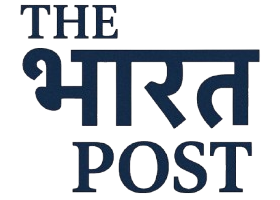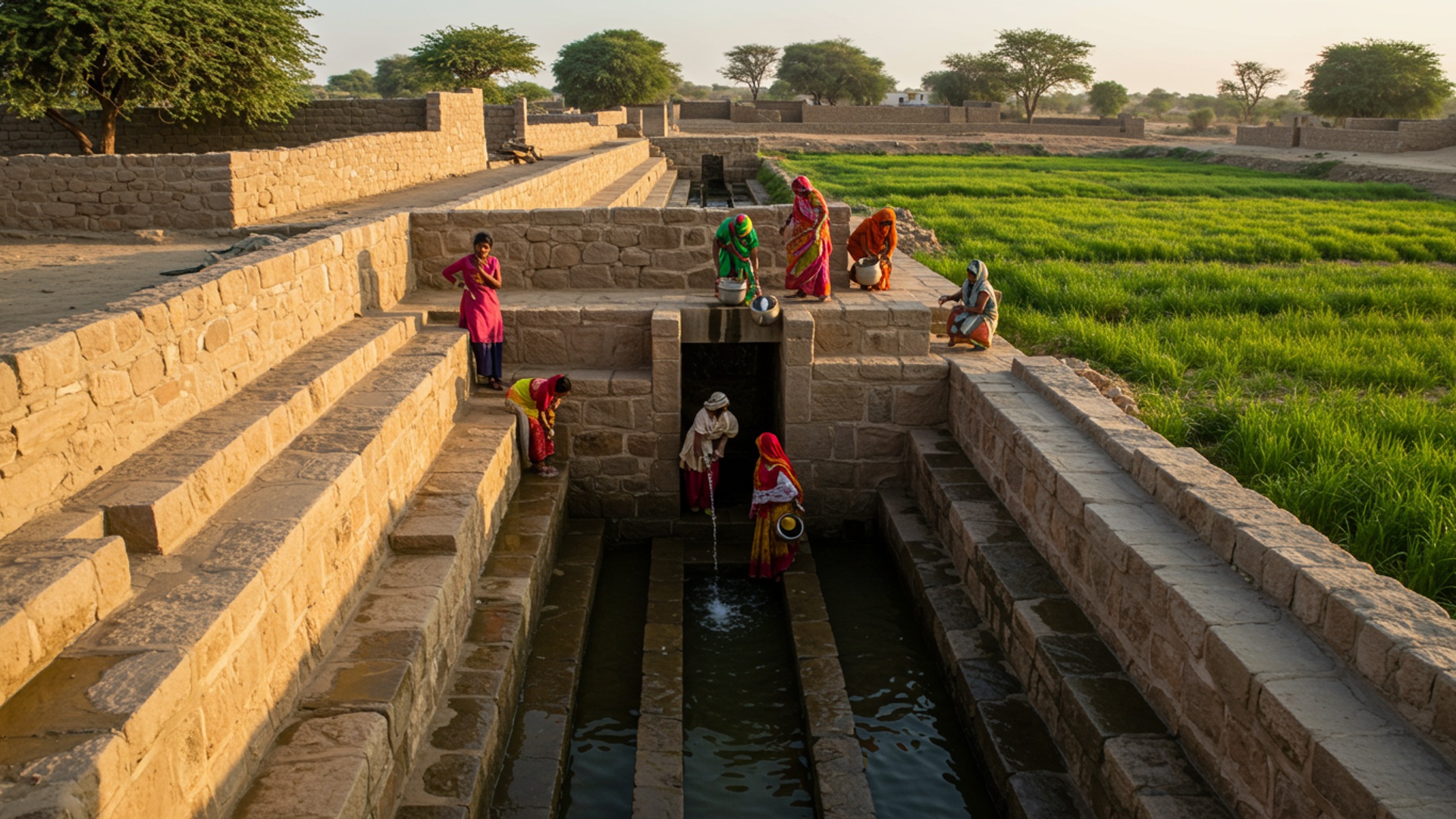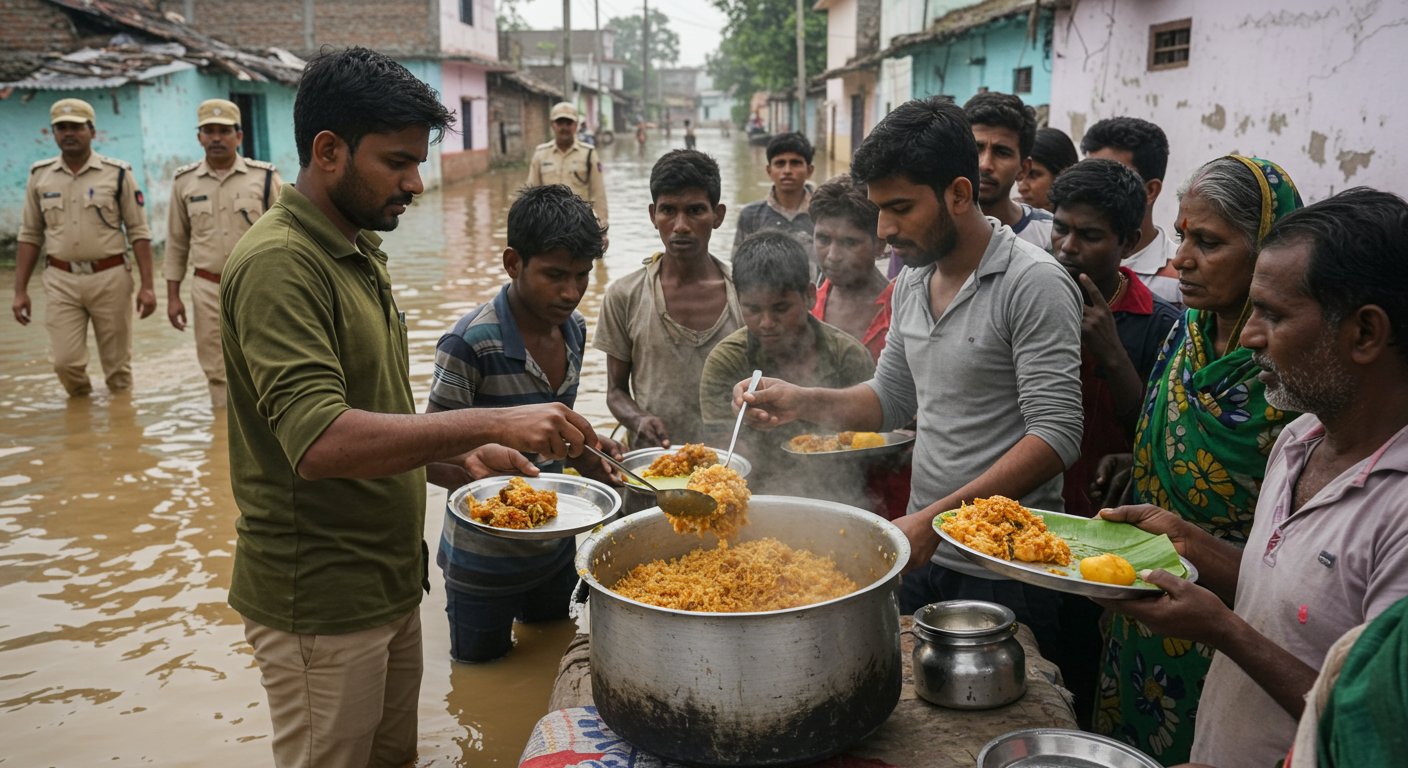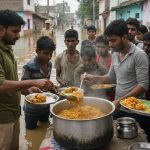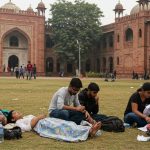The dry, hot lands of the Thar Desert are seeing a big change. For years, people in its many small villages walked far to get water, a hard daily fight for life itself. Now, new ways to get water are coming right to their homes, making everyday tasks much easier and changing how families live and work. This sudden flow of clean water is not just quenching thirst; it is bringing new chances for health, schooling. money-making, pulling whole communities out of a long struggle for basic needs and opening doors to a brighter future.
A Big Change in Desert Life
Life in the Thar Desert has always been tough, mainly because of how little water there is. For many years, people living in villages across this large desert faced daily struggles. Rainfall is very low, often just 100 to 500 millimeters each year. it comes in sudden bursts, not spread out. This means there isn’t enough water for people, their farms, or their animals.
The water that was available, often from ponds or underground, was frequently dirty or salty. This led to many health problems, especially stomach sicknesses like diarrhea, vomiting. constipation, making children and women very ill. Sometimes, high fluoride in the water caused serious bone and teeth problems.
Getting water was a huge task. Women and young girls spent many hours each day, sometimes 5 to 7 hours, walking long distances, often 3 to 40 kilometers, just to bring water home. This meant girls could not go to school. women had no time to earn money or even rest. Many families had to buy expensive water from tankers, which took a big part of their income. Farming was hard, with fields often barren. people sometimes had to leave their villages to find work and water.
New Ways to Get Water
To fix the long-standing water problems, villages in the Thar Desert have seen many new efforts. These efforts combine old ways of collecting water with newer technologies. One essential way is bringing back traditional water systems. These include ‘naadi’ (ponds), ‘taanka’ (underground tanks). ‘beri’ (shallow wells). Local groups and villagers themselves are now working to clean and maintain these old water bodies. They set rules to keep the water clean, like banning bathing or washing clothes in the ponds.
For example, the Social Action for Rural Advancement (SARA) group, with help from Anandana, The Coca-Cola India Foundation, has worked for ten years to improve water access in six villages like Rajpura and Balyawas. They have revived old water systems and built check dams. This has helped over 18,000 people. Another group, GRAVIS, has been helping people build and improve ‘taankas’ for more than 23 years. They have built over 8,149 ‘taankas’, helping more than 100,000 people. These tanks can hold up to 25,000 liters of rainwater, giving families clean water for many months.
Large canals also play a big part. The Indira Gandhi Canal, which runs for 650 kilometers from Punjab to Jaisalmer in Rajasthan, has brought water to many parts of the Thar Desert. This canal helps with drinking water, farming. industry. Simple bio sand water filters have also been put in place in villages like Bohranada, providing clean drinking water right in people’s homes. Some projects have also put in solar pumps on wells to make getting water easier.
Groups like OneProsper, working with GRAVIS, have focused on building on-site ‘taankas’ for poor families, especially those with girls, to ensure they have fresh water. The work of Dr. Rajendra Singh, known as the “Waterman of India,” through his group Tarun Bharat Sangh (TBS), has also revived traditional rain-harvesting methods like ‘johads’ (pond-like structures). His group has helped build 13,800 ‘johads’, saving billions of liters of water each year for 1,500 villages.
Life Gets Better for People
Access to clean water has brought huge positive changes to the lives of people in the Thar Desert villages. One of the biggest improvements is in health. With clean water, stomach problems and other water-borne sicknesses have gone down a lot. For example, Ajmat Khatoon from Bohranada village says her family’s health improved greatly after they got a bio sand water filter. The availability of safe water also means better hygiene, as people can now wash hands and bathe more easily.
The time saved by not having to walk long distances for water has truly changed daily life. Women and girls, who once spent hours carrying heavy pots, now have more time. This extra time allows women to rest, care for their families. even earn money. Chawli Devi, a 75-year-old woman from Balyawas, shared how she now has time to farm, raise healthier cattle. sew for income, saying, “This water has given us a second life—not just physically. emotionally and economically. We are no longer walking long distances for water.” This also means less emotional stress due to water shortages.
For children, especially girls, the change is life-changing. With water available at home, girls are no longer needed to fetch water daily and can now go to school. This has been a major step for female education in the region, where school attendance rates for girls were very low.
More Money and Better Work
The new access to water has also led to big economic improvements in the Thar Desert. With water for farming, people can now grow more crops. even different types of crops that need more water. In Rajpura, a 70-year-old farmer named Suva Ram, who used to see years without a harvest, now grows cucumbers, sandalwood. mangoes. His income has gone from about ₹3–4 lakh to ₹24 lakh each year. This increase in farm output has doubled incomes for many families.
Animals also benefit greatly. Healthier cattle mean more milk and better livestock farming, which is a main source of living for many families. Before, cattle often suffered or died during droughts.
The water projects themselves create new jobs. Building water tanks and check dams provides work for local people, including women, who are sometimes trained as “barefoot engineers.” Women also have time to start small businesses, like sewing, which brings in extra money for their families. The high cost of buying water from private sellers is also reduced, saving families money that can be used for other needs. Some villages have seen people who had left for cities due to lack of water now returning, bringing new life and pride back to their fields.
Working Together for Good
The success in bringing water to Thar Desert villages is a story of many groups working together. Local communities are at the heart of these changes. Villagers actively take part, forming Village Development Committees (VDCs) and Self Help Groups (SHGs) that manage the water systems themselves. Families contribute what they can, whether it’s money, labor, or land, showing a strong sense of ownership over the projects.
Non-government organizations (NGOs) play a crucial role. Groups like SARA, GRAVIS, OneProsper. Tarun Bharat Sangh (TBS) work directly with villagers. They help with building new water structures, improving old ones. teaching people how to maintain them. They also focus on training women and making sure they have equal pay.
Government actions have also been essential, especially with large projects like the Indira Gandhi Canal, which has provided a major water source for irrigation and drinking. There are also talks about long-term plans for new dams and water storage.
Experts agree that blending traditional local knowledge with modern methods is key for lasting success. This combined effort ensures that water solutions are suitable for the desert environment and the people living there. Groups often hold events and visits to raise awareness and get feedback from villagers, government bodies. other groups.
Looking Ahead
While great progress has been made, the work continues to make sure these water changes last. The focus is on making water systems sustainable, meaning they can be managed and maintained by the local communities for a long time. This includes regular cleaning of ponds and proper care of water tanks.
But, there are still challenges. Even with more rainfall in recent years, there’s a concern about underground water levels dropping in some areas because more water is being used, especially for farming. This shows the need for careful planning and continued efforts to balance water use with what the land can provide. The transformation of lives in the Thar Desert through better water access is a powerful example of how focused efforts can bring lasting positive change to a challenging environment.
![]()
